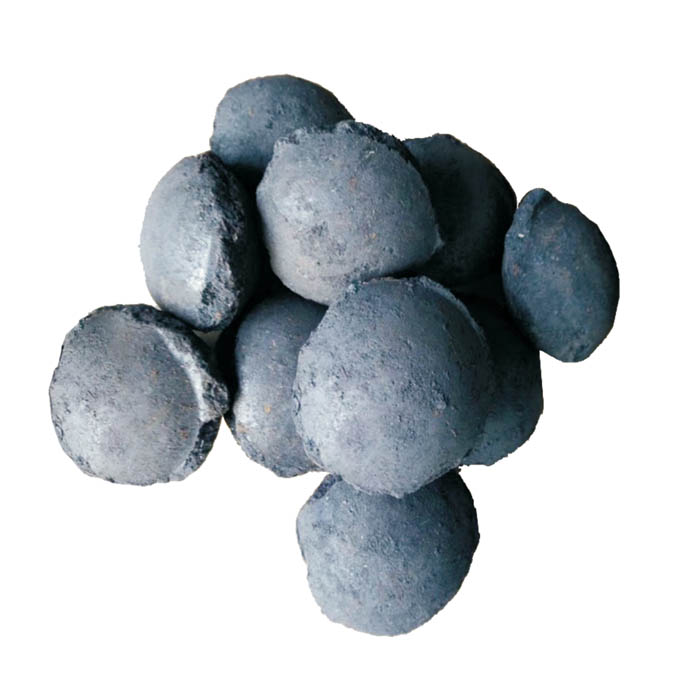Nov . 08, 2024 04:46 Back to list
Effective Soundproofing Solutions Using Premium Wall Materials for Enhanced Acoustic Performance
High-Quality Sound Absorbing Materials for Walls
In today's fast-paced world, where urbanization and technology are at their peak, noise pollution has become an integral challenge in both residential and commercial spaces. Whether it’s the honking of vehicles, the chatter of pedestrians, or the hustle of machinery, the sounds of modern life can lead to stress, reduced productivity, and an overall uncomfortable living or working environment. One effective solution to this dilemma is the use of high-quality sound absorbing materials for walls, which can significantly enhance acoustic comfort in various settings.
Understanding Sound Absorption
Before diving into the materials, it’s important to comprehend what sound absorption means. Sound absorption refers to the process by which sound energy is absorbed by a material rather than being reflected back into the room. This is crucial in environments where sound clarity and comfort are paramount, such as in music studios, conference rooms, restaurants, and even residential areas.
Types of Sound Absorbing Materials
1. Acoustic Panels These are perhaps the most commonly recognized sound absorbing solutions. Made from materials like foam, fiberglass, or mineral wool, acoustic panels come in various shapes, sizes, and colors, allowing for aesthetic flexibility alongside functionality. They are especially effective in reducing echoes and improving speech intelligibility in rooms of all sizes.
2. Mass Loaded Vinyl (MLV) MLV is a dense, flexible material that blocks sound rather than absorbs it. It’s ideal for use in walls, ceilings, or floors where higher levels of sound isolation are required. This makes MLV an excellent choice for shared walls in multi-family buildings or in home theaters aiming for a cinematic experience.
3. Sound-Proof Drywall This specialized type of drywall includes additional layers of sound-dampening materials, making it thicker and denser than standard drywall. It is particularly useful for soundproofing rooms that need extra tranquility, such as bedrooms or libraries.
4. Fabric-Wrapped Panels These panels not only provide sound absorption but also add a decorative element to any space. They consist of sound-absorbing cores wrapped in fabric, allowing for customization in terms of color and texture. This makes them suitable for various environments, from corporate offices to restaurants.
high quality sound absorbing materials for walls

5. Green Materials With an ever-growing emphasis on sustainability, eco-friendly sound absorbing materials are gaining popularity. Products made from recycled materials, such as recycled cotton or denim, offer both sound absorption and environmental benefits. These materials are ideal for socially conscious consumers looking to improve the acoustics of their space without compromising their values.
Installation and Placement
The effectiveness of sound absorbing materials largely depends on their placement and installation. It’s essential to strategically position these materials to address specific sound issues. For instance, placing panels at first reflection points can significantly improve sound quality in a room. Additionally, creating a balanced distribution of these materials around the space—rather than clustering them in one area—will yield the best results for overall noise reduction.
Benefits of Using Sound Absorbing Materials
Investing in high-quality sound absorbing materials comes with a plethora of advantages. Firstly, they contribute to a more pleasant auditory environment, promoting well-being and comfort. Reduced noise levels can lead to increased focus and productivity, particularly in workplace settings. Moreover, sound absorbing materials can enhance privacy, making them indispensable in offices, clinics, and other professional setups.
In residential areas, these materials can help maintain a peaceful atmosphere, making homes more enjoyable. Families can communicate better without disruptive echoes, and individuals can unwind without outside disturbances.
Conclusion
High-quality sound absorbing materials for walls are not just a luxury; they are a necessity in urban settings where noise pollution is rampant. By understanding the various types of materials available and their benefits, individuals and businesses can make informed decisions to improve their acoustic environments significantly. Whether through the installation of acoustic panels, the use of mass loaded vinyl, or exploring eco-friendly options, taking steps to reduce noise can foster a healthier, more productive, and aesthetically pleasing space. As we continue to navigate our noisy world, the importance of sound absorption in creating serene environments will undoubtedly become increasingly prominent.
-
Fe-C Composite Pellets for BOF: Enhance Steelmaking Efficiency
NewsAug.07,2025
-
Eco-Friendly Granule Covering Agent | Dust & Caking Control
NewsAug.06,2025
-
Fe-C Composite Pellets for BOF: High-Efficiency & Cost-Saving
NewsAug.05,2025
-
Premium Tundish Covering Agents Exporters | High Purity
NewsAug.04,2025
-
Fe-C Composite Pellets for BOF | Efficient & Economical
NewsAug.03,2025
-
Top Tundish Covering Agent Exporters | Premium Quality Solutions
NewsAug.02,2025
